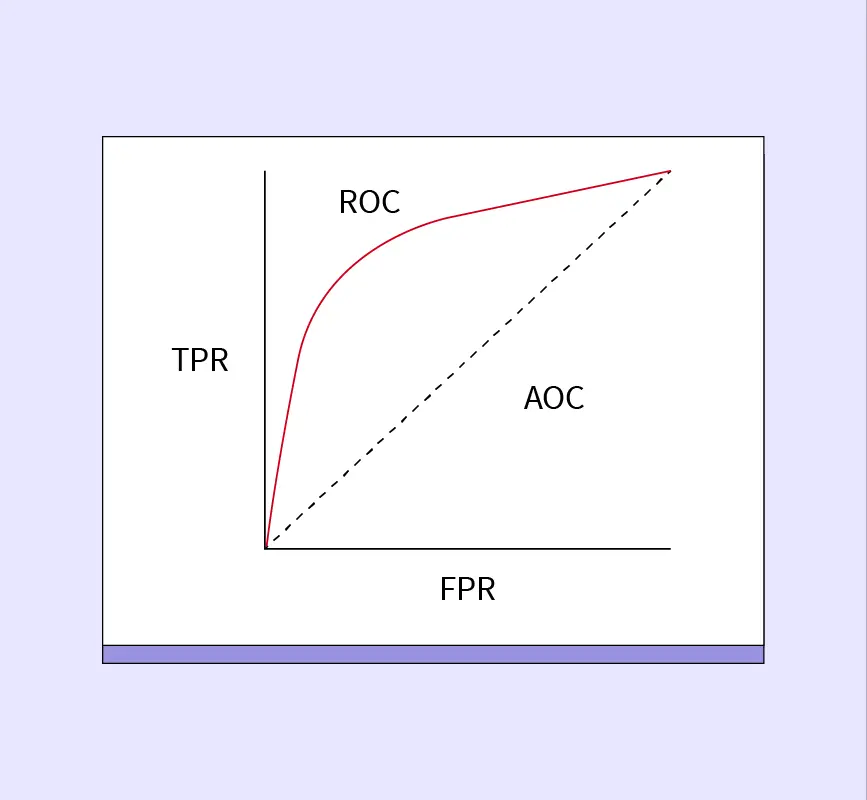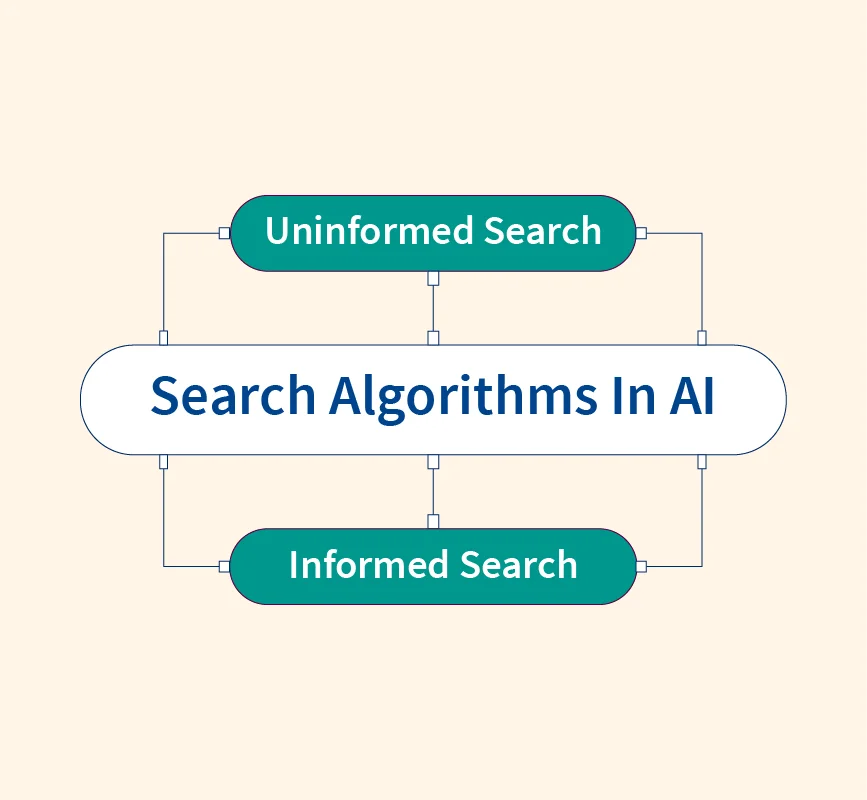The learning rate is one of the most critical hyperparameters in machine learning. It determines the speed at which a model learns during training by controlling the size of the steps taken in the optimization process.
A well-tuned learning rate ensures that the model converges efficiently to the optimal solution without overshooting or stagnating. Conversely, an inappropriate learning rate can cause issues like slow training, divergence, or getting stuck in local minima.
This article will explore the learning rate, its impact, and how to adjust it effectively for better model performance.
What is the Learning Rate?
The learning rate is a key hyperparameter in machine learning that controls how much the model’s parameters (weights) are adjusted in response to the calculated error during training. It acts as the step size in optimization algorithms like gradient descent, determining how quickly or slowly a model learns.
Mathematical Representation
In gradient descent, the learning rate ($\eta$) is part of the weight update formula:
$$w_{\text{new}} = w_{\text{old}} – \eta \cdot \frac{\partial L}{\partial w}$$
Where:
- $w$: Model weight.
- $\eta$: Learning rate (step size).
- $\frac{\partial L}{\partial w}$: Gradient of the loss function with respect to the weight.
How It Works:
- A small learning rate takes tiny steps toward minimizing the loss function, ensuring stability but slowing down the process.
- A large learning rate takes big steps, speeding up convergence but risking overshooting the minimum.
Common Terms for Learning Rate
- Step Size: Refers to the magnitude of the weight adjustment.
- Hyperparameter: It is set manually and significantly impacts model training.
Impact of Learning Rate on Model
The learning rate significantly influences the training process and the performance of a machine learning model. Setting the learning rate incorrectly can lead to suboptimal results or even training failure.
1. Low Learning Rate
Consequences:
- Slow Convergence: The model takes small steps toward the minimum, requiring more iterations to converge.
- Risk of Getting Stuck: The model might get trapped in local minima, especially in non-convex loss functions.
Example:
In a deep learning model, a low learning rate might take hundreds of epochs to reduce the loss, delaying the training process unnecessarily.
2. High Learning Rate
Consequences:
- Overshooting the Optimal Point: Large steps may cause the model to skip the minimum repeatedly.
- Risk of Divergence: If the steps are too large, the model may fail to converge and the loss may increase instead of decrease.
Example:
A model with a high learning rate may show oscillations in the loss curve or never settle on a minimum.
3. Finding the Right Balance
Optimal Learning Rate:
- Achieves steady and quick convergence without overshooting or stagnation.
- Strikes a balance between accuracy and training time.
Why is Learning Rate Important?
The learning rate is a critical hyperparameter in machine learning as it directly affects model performance and training efficiency. A well-chosen learning rate helps the model converge faster and reach the global minimum, ensuring accurate predictions.
Importance of Learning Rate
- Model Performance
- The learning rate influences the final accuracy of the model.
- An optimal learning rate ensures the model learns effectively without underfitting or overfitting.
- Training Efficiency
- Controls how fast the model converges during training.
- A balanced learning rate minimizes training time without compromising accuracy.
- Avoiding Common Issues
- Underfitting: A learning rate that is too low may prevent the model from learning the underlying patterns in the data.
- Overfitting: A learning rate that is too high may cause the model to focus on noise instead of meaningful patterns.
Role in Optimization
In non-convex loss surfaces (common in deep learning), the learning rate helps navigate complex landscapes to find the global minimum instead of settling for local minima.
Example:
In deep learning, choosing the right learning rate can drastically improve convergence speed, allowing models like CNNs or RNNs to achieve higher accuracy in fewer epochs.
Techniques for Adjusting the Learning Rate in Neural Networks
1. Fixed Learning Rate
A fixed learning rate is a constant value used throughout the training process. This approach is simple and easy to implement, making it suitable for small-scale problems or tasks with minimal complexity.
Advantages:
- Easy to set up and understand.
- Works well for problems where the optimal learning rate is already known.
Limitations:
- Lacks flexibility, especially in complex or non-linear problems where learning rate adjustments can enhance performance.
- May lead to slow convergence or instability if the rate is not optimal.
When to Use:
- Small datasets or linear models with straightforward optimization goals.
2. Learning Rate Schedules
Learning rate schedules dynamically adjust the learning rate during training to improve convergence. These schedules gradually reduce the learning rate over time to prevent overshooting and fine-tune the model as it approaches the minimum.
Examples of Schedules:
- Step Decay: Reduces the learning rate by a fixed factor at regular intervals (e.g., halving the rate every 10 epochs).
- Exponential Decay: Decreases the learning rate exponentially over time
$$\eta_{\text{new}} = \eta_{\text{initial}} \cdot e^{-\text{decay\_rate} \cdot t}$$
Code Example in TensorFlow
import tensorflow as tf
# Define an exponential decay schedule
initial_learning_rate = 0.1
lr_schedule = tf.keras.optimizers.schedules.ExponentialDecay(
initial_learning_rate, decay_steps=10000, decay_rate=0.96, staircase=True
)
# Apply schedule to optimizer
optimizer = tf.keras.optimizers.SGD(learning_rate=lr_schedule)3. Adaptive Learning Rate
Adaptive learning rates automatically adjust the learning rate based on the gradients during training. These methods are highly effective in handling non-stationary optimization problems.
Popular Algorithms:
- AdaGrad: Adapts the learning rate for each parameter based on the sum of past squared gradients.
- RMSProp: Maintains a running average of the squared gradients to adjust the learning rate dynamically.
- Adam: Combines the benefits of momentum and adaptive learning rates, making it widely used in deep learning.
Advantages:
- Reduces manual tuning.
- Handles sparse and noisy data effectively.
Use Cases:
- Complex neural networks (e.g., CNNs, RNNs) and non-convex optimization problems.
4. Scheduled Drop Learning Rate
In the scheduled drop method, the learning rate is reduced at predefined intervals, typically when the loss plateaus. This ensures more precise updates as training progresses.
Example Schedule:
- Reduce the learning rate by half every 10 epochs.
When to Use:
- When the loss stops improving or fluctuates around the same value for several epochs.
Example in Pseudocode:
if epoch % 10 == 0:
learning_rate = learning_rate / 25. Cycling Learning Rate
Cycling learning rates periodically adjust between a minimum and maximum value during training. This approach prevents the model from getting stuck in local minima and encourages exploration of the loss surface.
Implementation:
- Cyclical Learning Rate (CLR): Increases and decreases the learning rate cyclically based on iteration or epoch counts.
Benefits:
- Helps escape local minima traps.
- Promotes faster convergence in complex landscapes.
Example Use Case: Training deep neural networks with highly non-convex loss surfaces.
6. Decaying Learning Rate
Decaying the learning rate reduces it gradually as training progresses, ensuring smaller updates near the optimal solution.
Strategies:
- Inverse Time Decay: Reduces the learning rate inversely with the epoch number:
$$\eta_{\text{new}} = \frac{\eta_{\text{initial}}}{1 + \text{decay\_rate} \cdot t}$$
Real-World Example:
- In fine-tuning pre-trained models (e.g., transfer learning), decaying the learning rate helps stabilize the model in the final training stages.
Example in TensorFlow:
lr_schedule = tf.keras.optimizers.schedules.InverseTimeDecay(
initial_learning_rate=0.1, decay_steps=1000, decay_rate=0.5
)Conclusion
The learning rate is a pivotal hyperparameter in machine learning that plays a significant role in model optimization and performance. It determines the pace at which a model learns by controlling the magnitude of weight updates during training. An appropriately chosen learning rate ensures that the model converges efficiently to the optimal solution without overshooting or stagnating.


